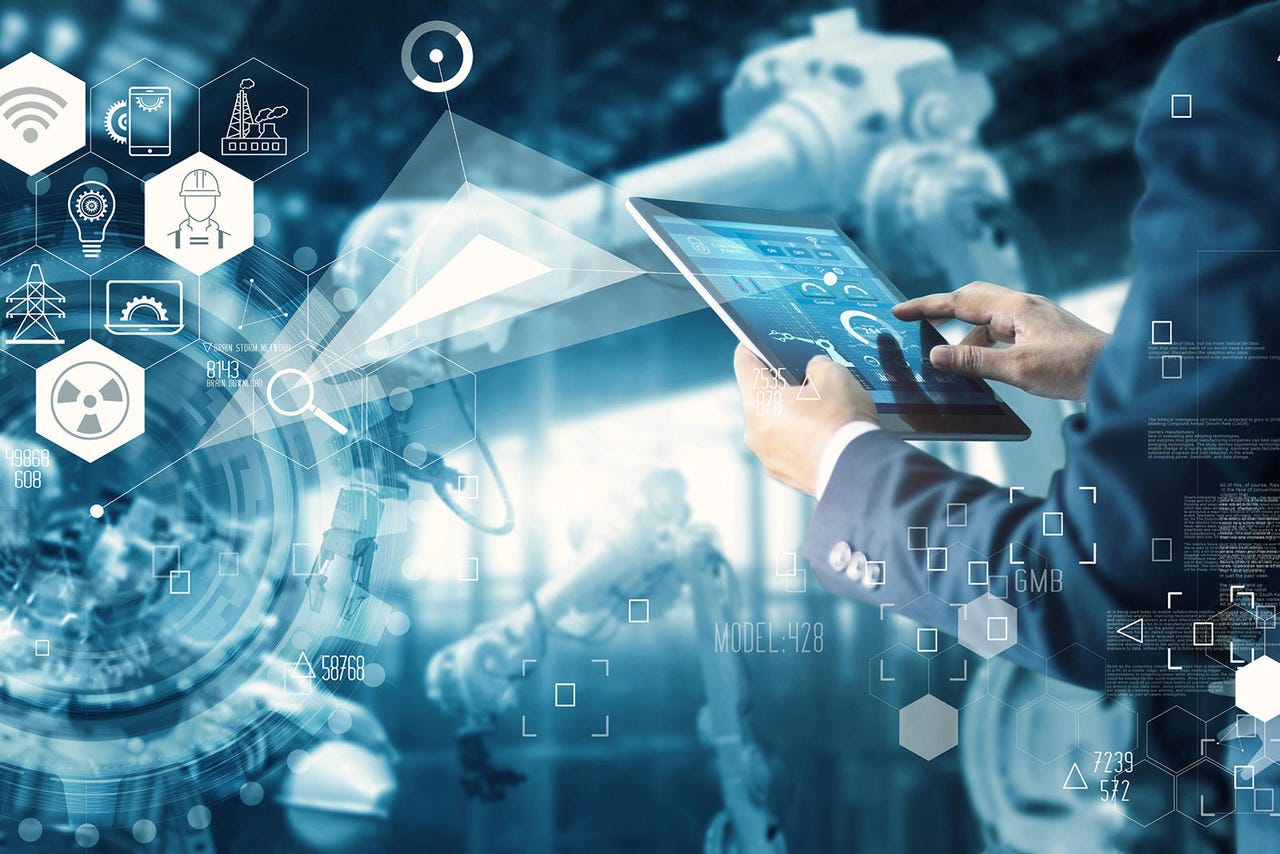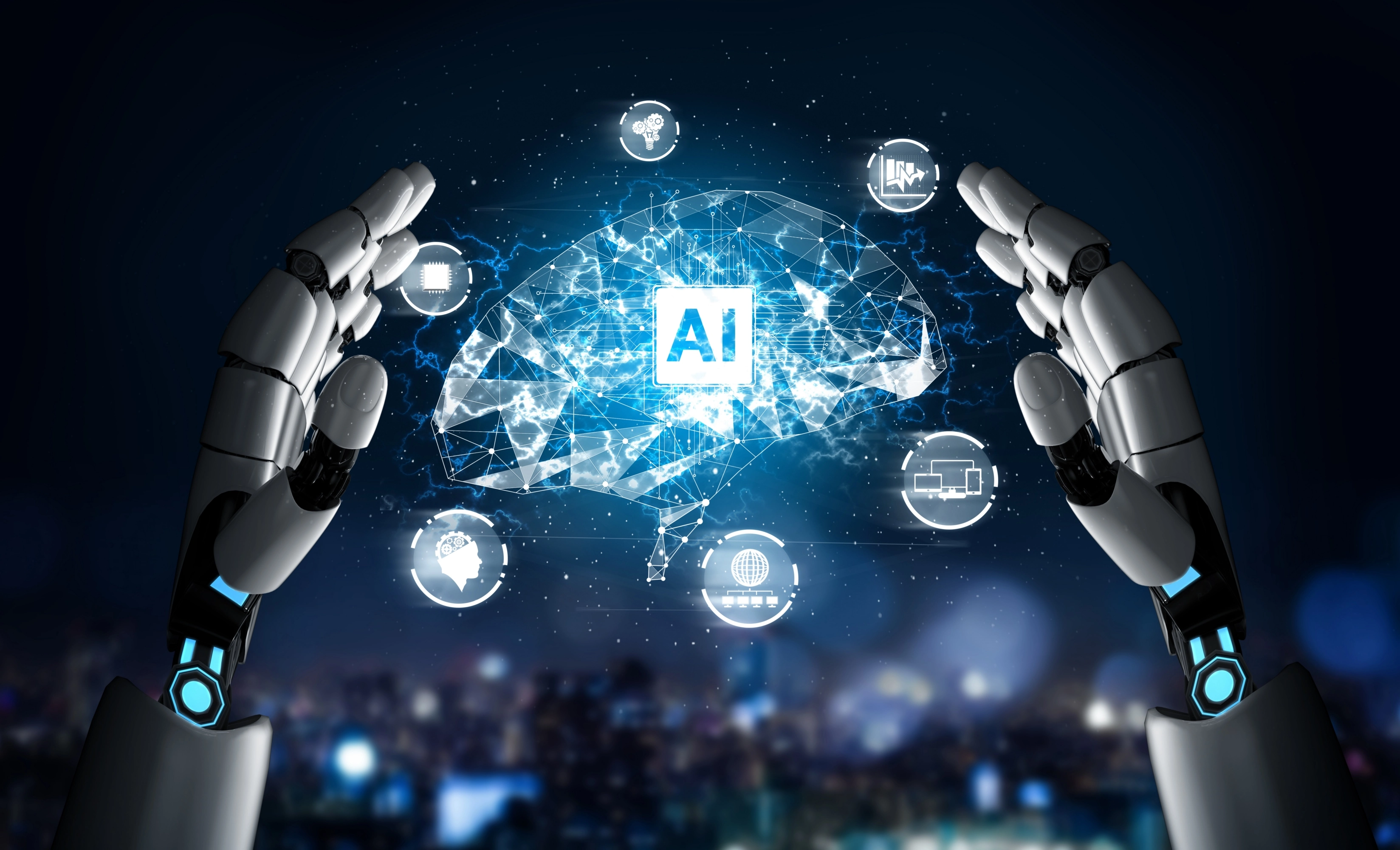Liquid Computing: Naming the Next Era of Intelligence
We are standing on the cusp of a new computing paradigm. One that’s not defined by screens, clicks, or files—but by flow. And as with every epochal shift in technology, the first thing that needs rethinking is the name.
So far, we’ve called it many things: Ambient Computing, Ubiquitous Computing, Pervasive Computing. But none quite capture what is actually unfolding with AI-powered interfaces. “Ambient” is evocative—suggesting a computing experience that melts into the environment, like air. That’s not wrong. But it underemphasizes something crucial: the movement, the dynamism, the fluidity.
That’s why I prefer Liquid Computing.
Because computing is no longer about where you are or what device you're using. It’s about how fluidly intelligence moves across contexts—screen or no screen, voice or keyboard, mobile or stationary, online or offline. In this new reality, the silos that once governed our digital lives—“This is an app,” “This is a file,” “This is a document,” “This is a web browser”—are evaporating.
Remember when the iPad launched? To many, it felt like half a computer. Where’s the keyboard? Where’s the file system? I dismissed it too—until a technologist at a NYC event said, “My mother is a doctor. She never touched a computer before the iPad came along. Now you can’t take it away from her.”
That stopped me.
Because it wasn’t about what the device lacked. It was about what it enabled. Access. Fluidity. The ability to compute without thinking about the computing.
Today, with AI, we’re accelerating toward that destination. You’ll talk to your computing, or it will talk to you. It will read, write, remember, fetch, generate, design, and anticipate—all without requiring you to boot up, log in, or dig through folders. A screen may be present—or it may not be. The interface is increasingly dialogue, not display. But that doesn’t mean the screen is dead. Far from it. Screens will multiply, evolve, and become more meaningful because of the intelligence layered underneath.
Big screens for rich interaction. Tiny screens for quick gestures. Voice, vision, text, gesture—all coexisting in a system that flows. Think of your computing not as a “thing” but as a river of capabilities, always available, always adaptive, always near.
This is not Ambient. This is Liquid.
The membrane between online and offline is thinning. Whether you’re in your car, on your couch, at your desk, or walking through a park, your AI-enabled computing flows with you—aware of your preferences, your context, your goals.
The old names—Operating System, Browser, Office, Email—are artifacts of a more rigid time. A time when computing had fixed locations and defined rituals. But this next era? It bends.
And so must our language.
We are not entering the era of Ambient Computing. We are dissolving into the age of Liquid Computing—a world where intelligence moves like water, adapting to shape, context, and intent. Not ambient. Not static. But flowing.
The future is liquid. Let’s name it that way.
Water is my favorite substance.
1/
— Paramendra Kumar Bhagat (@paramendra) June 7, 2025
We're entering a new era of computing.
Not defined by screens or clicks or apps.
But by flow.
It’s not just “Ambient Computing.”
I call it Liquid Computing. 🧵
50 plus or minus a few 10s. Depends on the day.
— Paramendra Kumar Bhagat (@paramendra) June 7, 2025
It took me a little while to realize this is your new startup, maybe?
— Paramendra Kumar Bhagat (@paramendra) June 6, 2025
The Tesla Of Political Parties https://t.co/NpochJijnS Please retweet.
— Paramendra Kumar Bhagat (@paramendra) June 6, 2025
some thoughts on human-ai relationships and how we're approaching them at openai
— Joanne Jang (@joannejang) June 5, 2025
it's a long blog post --
tl;dr we build models to serve people first. as more people feel increasingly connected to ai, we’re prioritizing research into how this impacts their emotional well-being.… pic.twitter.com/ACDMEKGv19








